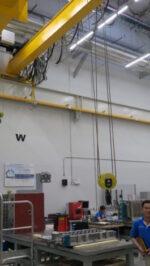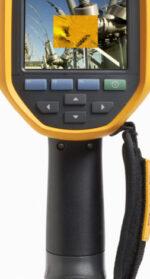Vitafoods Asia 2017: Industry Players Optimistic of Future
Next month, Asia’s nutraceutical, functional food and beverages, and dietary supplement industries will gather in Singapore for Vitafoods Asia, the region’s only event dedicated to these markets. The organisers reached out to exhibitors and visitors[1] last month to get their thoughts on how the industry was doing, and some interesting insights were uncovered. Asian Nutraceutical Industry Still Going Strong Despite what crowd sentiment and ‘common sense’ say about the global economy, both exhibitors and visitors expressed positivity about the future of their companies. More than 80% of those surveyed said that they were optimistic about the sales performance and profitability of their businesses. And according to Allied Market Research[2], the global nutraceuticals market size is expected to reach $302,306 million by 2022, with a CAGR of 7.04% from 2016 to 2022, and Asia Pacific is expected to surpass the global growth average with a CAGR of 7.33%, making noteworthy contributions to the global market. Nutraceutical Product Categories of Most Interest The top 5 categories that were most important to exhibitors’ and visitors’ businesses were Cardiovascular Health, Digestive Health, General Wellbeing, Healthy Ageing, and Immunity. When asked about his opinion on what’s trending, Prof. Chin-Kun Wang, President of the International Society of Nutraceuticals and Functional Foods, shared, “The emphasis on microbiota is increasing – most people understand the link between health and gut microflore. Prebiotics and probiotics have become key ingredients in nutraceuticals and functional food. Gastrointestinal (GI) health has become an important issue in Asia as economic growth, social stresses and dietary behaviours continue to influence health. GI health products will continue to develop and we will see many innovative prebiotics and probiotics in 2018.” Prof. Wang will lead several discussions at the Life Stages Theatre, and speak in the Digestive Health and Microbiome Summit this year. Top 3 Trends […]










